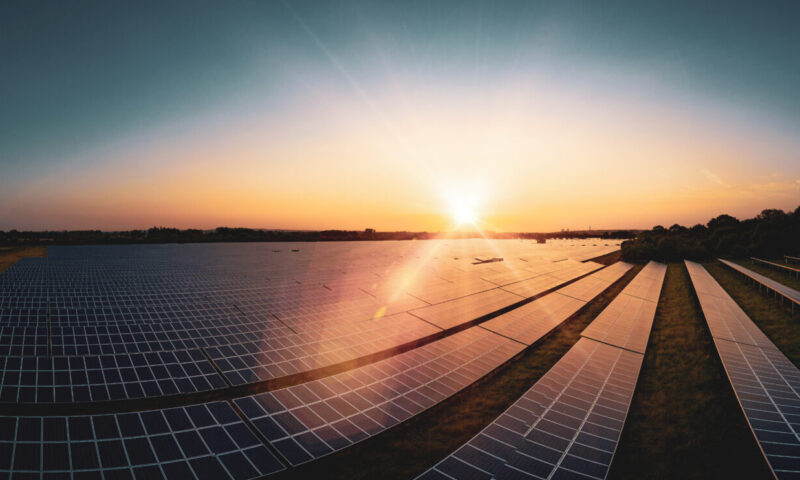Many people have the misconception that they cannot install solar panels on their roof for various reasons such as the material, location, shade or dimensions of the roof. Truth be told, there are many factors that make a roof more or less suitable, but while some roof features make installation completely impossible, others have a minimal impact on solar panel installations. In this article, we will look at two roof factors that affect the performance of solar panels: orientation and slope.
The orientation of your roof
The direction your roof faces, also called its azimuth, is one of the main factors that determines how much sunlight your solar panels will receive during the day.
Here in the northern hemisphere, solar panels are most effective when installed on south-facing roofs. However, even if your roof doesn’t face directly south, you can still generate a lot of electricity – whether you live in the northern or southern part of the country. Many people install photovoltaic installations on roofs on the eastern and western sides (and save money this way!)
Why does orientation matter when it comes to rooftop solar panels?
Generally speaking, solar panels facing directly east or directly west produce about 20% less electricity than if they were facing south. This doesn’t mean you won’t save money, but if you want to cover all your solar energy use, you may need to install a few more panels than with a south-facing system.
While it’s technically possible to install solar panels on the north side of your roof, it’s not the best place to produce solar power (in fact, it’s the worst) – you’ll probably need to use special mounting to keep the panels opposed to your pitched roof in order to generate electricity. This means they won’t be flush with your roof and will still produce relatively little electricity. If your only option is a north-facing roof, you may want to consider alternative installation options, such as a ground-mounted solar installation or a carport installation.
The pitch of your roof
Ideally, a fixed roof-mounted solar system should be set at an angle equal to the latitude of the location where it is installed. However, slope angles between 30 and 40 degrees will work well in most situations. Fortunately, the angle of the roof has less impact on the production of solar panels than the direction the roof faces.
Why do angles matter when it comes to rooftop solar panels?
Like other factors affecting production, the financial impact of a small drop in solar productivity due to roof pitch depends on electricity prices in your market.
No matter where you live or what the slope of your roof is, adopting solar energy can provide significant savings.
The angle of the roof actually has less impact on the performance of the solar panel than the direction the solar energy system faces.
Optimal electricity production occurs when the photovoltaic panels face south at an angle of inclination of 35°. However, even if you lower the roof pitch to as much as 5°, production will only drop by about 10 percent.
In addition, property owners can often find additional savings through programs such as Moje Prąd or subsidies from local authorities, and additional incentives such as tax relief are offered. The bottom line is that even if solar panels are not at the perfect angle, they can still provide significant financial benefits.
Start saving with solar energy
Remember that you don’t have to live in the sunniest part of the country or have a roof that faces directly south to take advantage of the financial benefits of solar energy – the most important factor in determining solar energy savings.




